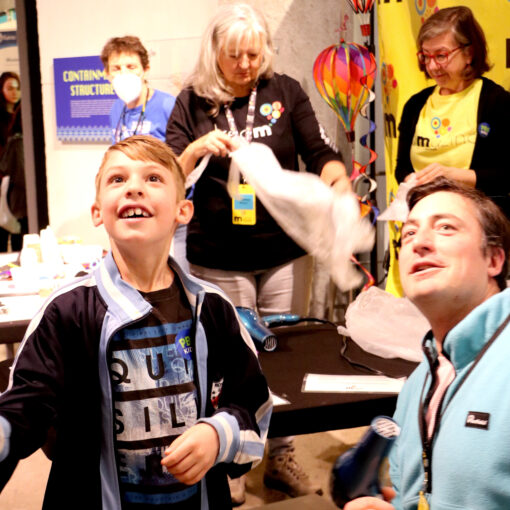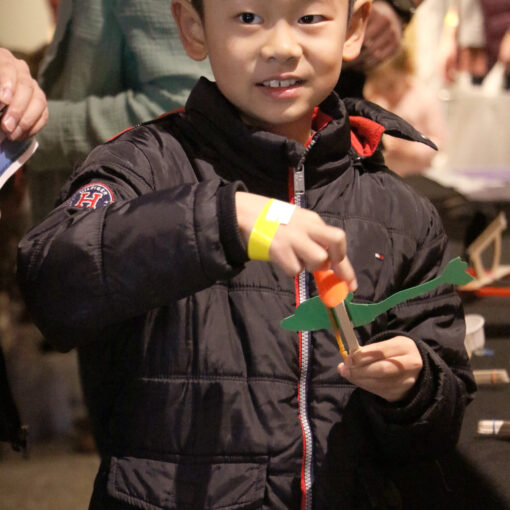Field Trips & Outreach
As an educator, you create powerful learning experiences for your students. That’s our mission, too. Together, we can show students how learning can be exciting and enjoyable in fresh, innovative ways! The Museum offers hands-on programs and activities that can be customized to grade level and curriculum. All programs align with the New Mexico Education Standards and the Next Generation Science Standards and are dedicated to energy, forces, nuclear radiation, and the history of nuclear science.
To book a program, please complete our online form by clicking below.
Field Trip Resources
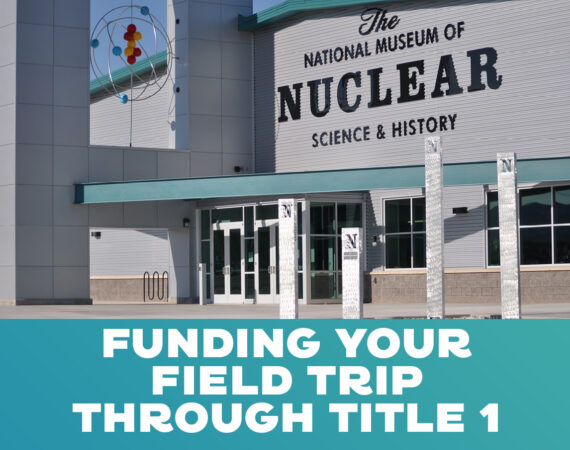
Funding Your Field Trip
Field Trips to the Museum are allowable under NMPED Title 1. Learn how to meet the criteria for a field trip to the Museum.
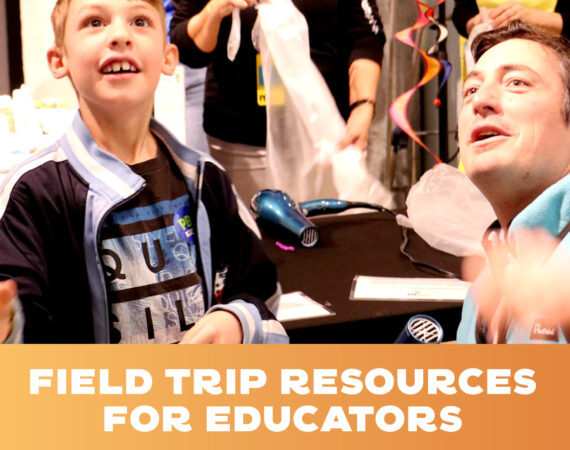
Meet NM STEM Ready! and Common Core State Standards
Justify the academic value of your trip to the National Museum of Nuclear Science & History and outline how a trip to the museum at any grade level can meet STEM, Social Studies, and Language Arts State Standards.
Programs and Pricing
Self-Guided Tours ($9/student [1-99 students], $8/student [100-200 students]): Self-guided tours are available for groups of up to 200 students. You can guide students around the museum on your own. Volunteer museum docents (brown vests) are often around the museum to answer questions.
Guided Tours ($10/student) - Guided tours are available for groups of up to 60 students. A docent or Education staff member will guide your group around the museum. Guided tours last about an hour and are typically best for older students (grades 5-12). Groups are welcome to explore the museum independently after their guided tour.
Education Programs* ($11/student) - Education programs are available for groups of up to 60 students (split into two groups of no more than 30 individuals) and last about an hour per group. When one group is in their education program, the second group can explore the museum independently. *You can read about our education program options below.
Education Program + Guided Tour ($12/student)—Up to 60 students can participate in an education program with a guided tour. The groups do one of the education programs for about an hour and then tour the museum with a volunteer docent or museum staff member for an additional hour.
Choose Your Own Ed-Venture* (One Ed-venture-$11/per student, Two Ed-ventures- $12/per student, Three Ed-Ventures -$13; Four Ed-Ventures-$14; Five Ed-Ventures-$15 ) – Choose your own STEM Ed-venture program is available for groups of up to 60 students. Groups can explore the museum on their own after their STEM Ed-ventures.
**Education programs, Guided tours and STEM Ed-Ventures, are only available during the academic school year (Mid-August up to the second week of May). Self-guided tours are available year-round.
If you have questions about the Education Programs, please contact Linda Anderson, Education Enrichment Coordinator.
Prices as of 10/1/2024
Education Programs and Ed-Eventures
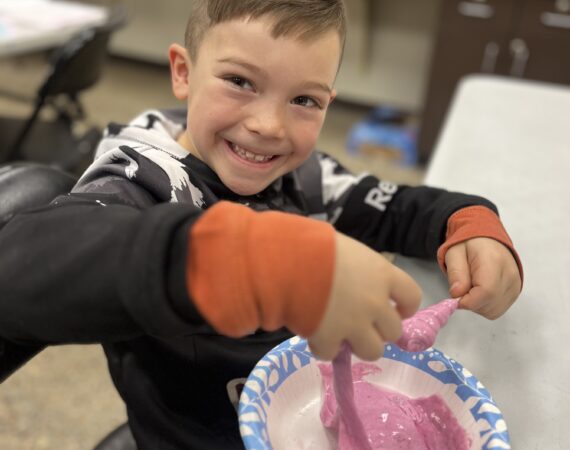
Education Programs
We welcome groups of all ages and sizes! With the help of our staff, groups of 10 to 180 students can design a program to suit their needs. Your program can include, but is not limited to, the activities listed below. Small group programs (10-59 students) typically last about an hour. Large group programs (60-180 students) usually have 20-minute activity rotations.
Radiation 101 (grades 6-12)
60 Minutes to Doomsday (grades 6-12)
Secrets & Spies (grades 3-8)
Box 1663: This Doesn’t Add Up (grades 6-12)
Amazing Atoms (grades 1-4)

Choose Your Own Ed-Venture
Choose Your Own Ed-Venture*—The Choose Your Own STEM Ed-Venture program is available for groups of up to 60 students. Groups choose one of the STEM Ed-Venture programs for about an hour or two STEM Ed-Venture programs for about an hour and a half. After their STEM Ed-Ventures, groups can explore the museum on their own.
Van de Graaff
Vacuum Chamber/Kid in a Bag
Parachute Races
Hoverboard
Making Slime
Geiger Counter Demo
Chemistry in Color (Acid/Base Color Show, Blue Bottle)
Squishy Circuits
Cup Gliders
Straw Rockets
Boo Bubbles
Ozobots
3Doodlers


